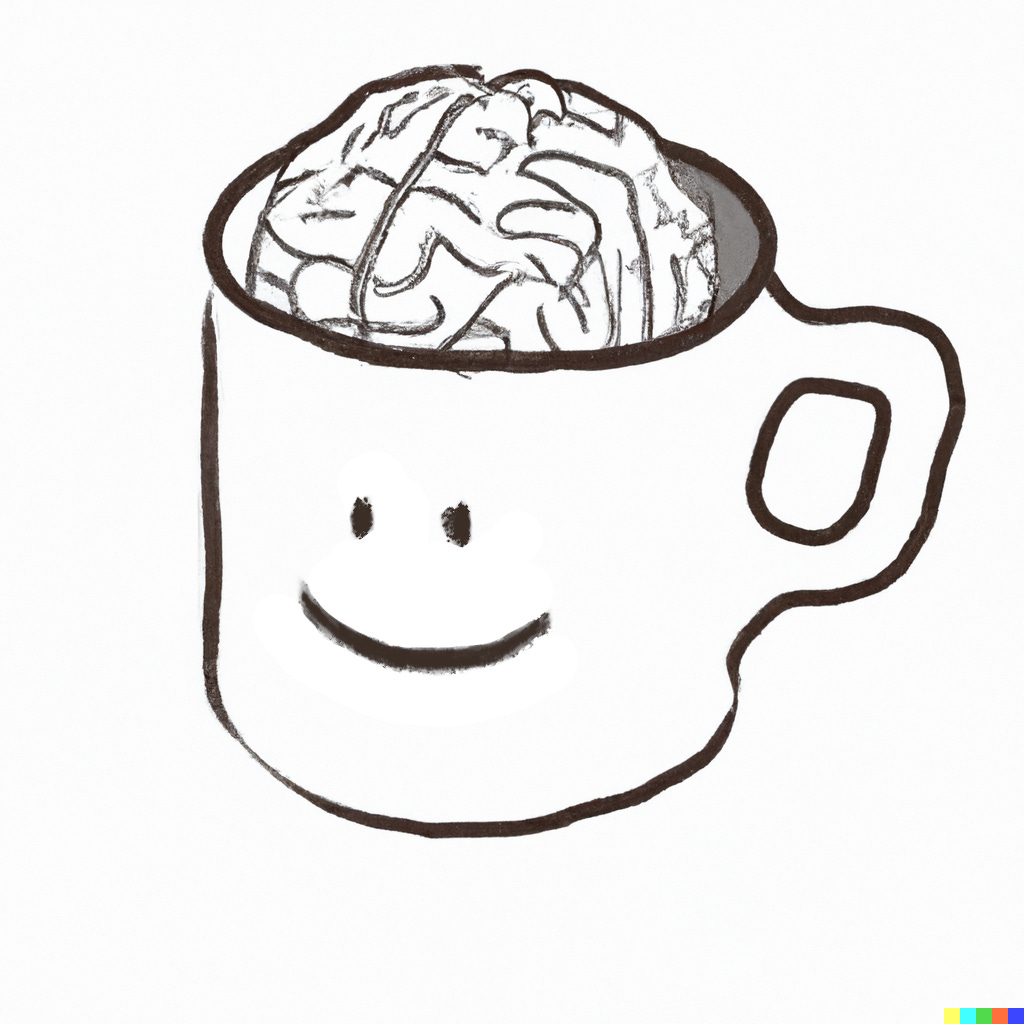Brain Code 101: Your Guide to EEG and BCI
A Slice of Brain Science Served Weekly
Hi, I'm starting a new series about EEG and all things related to the brain. This is your starting point for developing BCI systems and getting you off the ground. Whether you've been looking for inspiration to start or you've found yourself muttering "I-don't-know-where-to-start-and-how-it's-too-complex" into your coffee mug more times than you can count, these posts are for you. Starting from today, I'll be serving you a slice of brainy knowledge every Thursday for the next few weeks until you're fed up (with my dogged insistence that rivals your phone's reminders to update its software, we all sometimes need them) and feel ready to build your own BCI system.
Before we start, spoiler alert: The following series is not designed to grant you a PhD in molecular neuroscience, nor will it land you a job at Neuralink overnight. What you can expect however, is lot's of dad-level cheesy jokes (free of charge) and a simple introduction to BCI to get you off the ground. There is no complicated language, so no prior knowledge is required - just be curious and try to understand "why" things are the way they are and "what if" they were different.
Over the next few weeks, alongside insights into brain slices and signals, I'll serve up some very simple practical coding exercises you can run while analyzing data or building your own BCI system. I'll explain not only what you're seeing in your brain signal (or your neighbor's, no judgment) but also why you're seeing it, whether you have your own headset or not. Regardless of whether your interests lean more towards theory or application, my goal is to get you building - even if your initial experiments, games, plots, etc., seem basic or barely working. That's how building and impacting people starts. Science and ideating are cool, but what will change if we don't start building stuff? So let's slice in.



Looking forward!